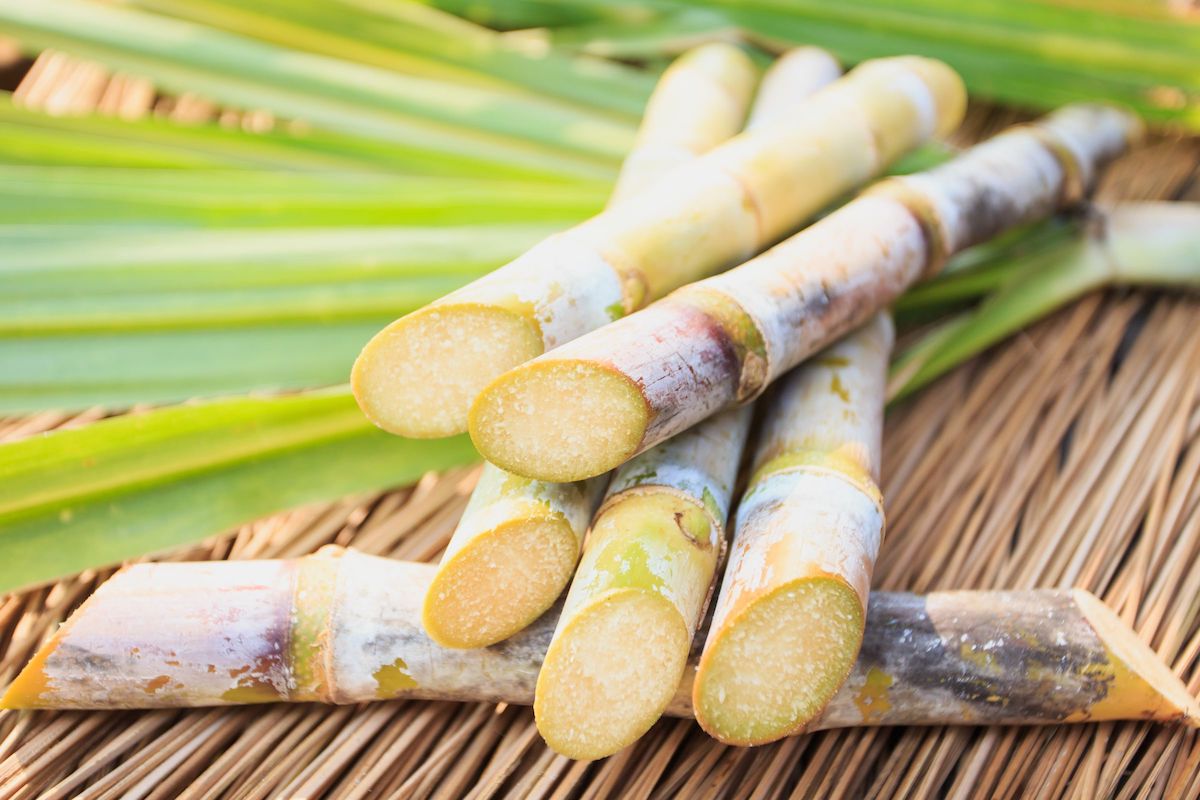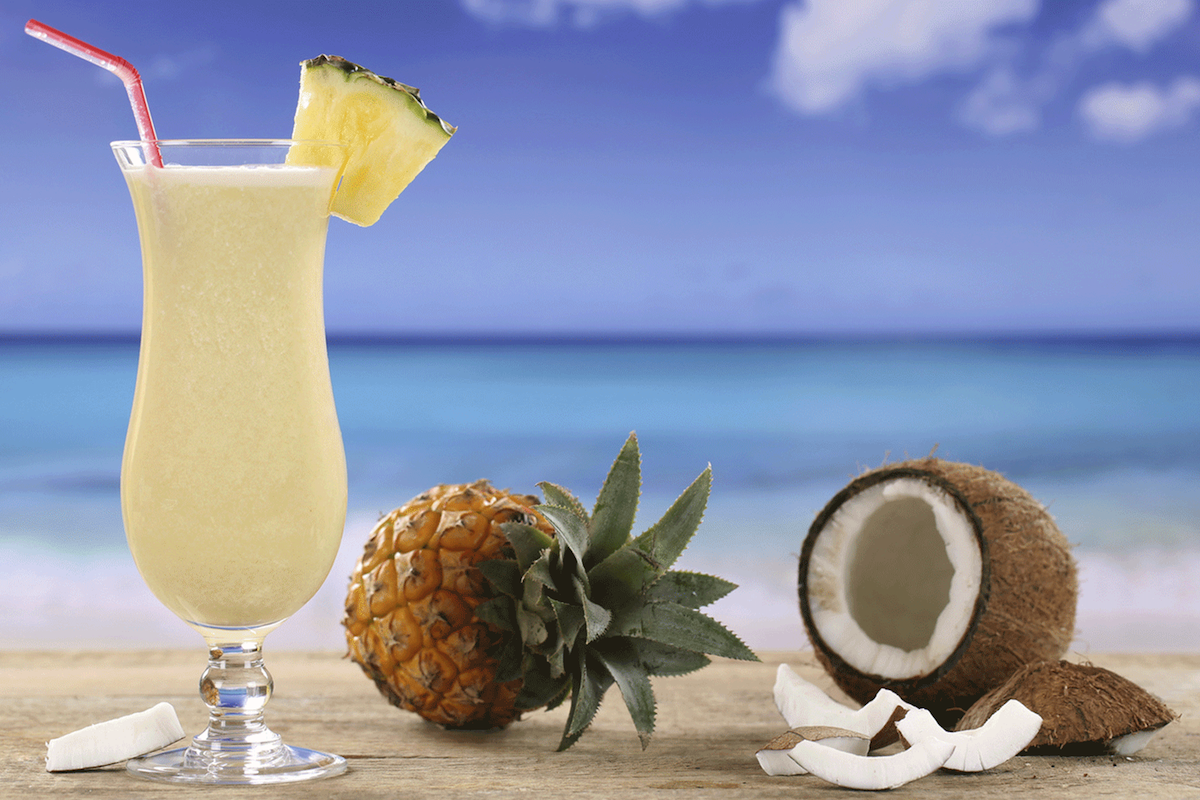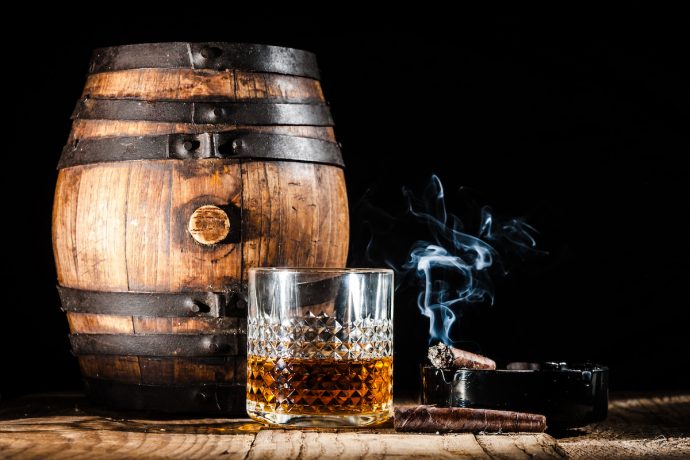This post is part of our Rum Hub.
This is the first article in a series on rum misconceptions by rum expert Matt Pietrek. Read on to learn whether rum is sweet or not by default, or check out the other pieces to learn why not all white rums are the same, why darker rum isn’t necessarily older, why older rum isn’t necessarily better and age is a poor indicator of quality, and how we dispel the notion that rum has no rules.
Rum is on a roll lately, receiving attention from discerning drinkers and beginning to receive the same recognition as bourbon, single malt scotch, and artisanal mezcal. The whiskey crowd in particular looks to rum as the next “brown spirit,” while, in doing so, escaping the inevitable whiskey price inflation as more drinkers chase the hot, limited-edition releases. Even writers like Fred Minnick and Dave Broom, renowned for their whiskey acumen, have recently pivoted to rum and released books on the subject.
Yet with this increased attention comes an ever-growing wave of misinformation about rum, fueled in many cases by well-meaning but factually inaccurate articles. So we’re going to counter these misconceptions one-by-one in this series, while highlighting rum’s amazing diversity. Kicking off the parade is the misinformed notion that rum is sweet.

Is Rum Sweet?
It’s a common refrain in bars: “Oh, I can’t drink rum. It’s too sweet for me.” It doesn’t seem completely out of left field—rum begins as sugar cane, so why wouldn’t it be sweet? Yes, rum is made from sugar. But so is every other type of spirit—bourbon, scotch, gin, vodka, cognac, and tequila. All are derived from sugar—the key element in fermentation—yet you never hear about them being sweet. Confused? Read on.
Distilled spirits are made by converting raw materials such as grains, agave, fruit, or sugar cane into a solution of ethanol, flavor compounds, and water. Ethanol, also known as ethyl alcohol, is the “good” alcohol that makes us tipsy when we consume a bit too much. In fact, a spirit’s proof (e.g. 80 proof, which is 40% alcohol by volume) is just an indicator of how much ethanol is present.
The ethanol in a spirit comes into existence very early on, during fermentation—the chemical process that turns sugars into ethanol. Sugar and yeast go in, ethanol and other organic compounds (but mostly ethanol) come out. The key player here is sugar. Without sugar, there is no fermentation… and therefore no ethanol.
Whiskey makers cook grains (barley, wheat, rye, corn, and so on) with enzymes to convert the starches into sugars. Mezcaleros cook agave piñas to convert the complex carbohydrates into simpler, fermentable sugars, the precursors to mezcal and tequila. Brandies like cognac or pisco begin with crushed grape juices, which (no surprise) contain sugar. Regardless of the source material, it’s always converted into an abundance of sugar, which is then fermented. Rum makers have a leg up here because they start with sugar in the first place.
A properly executed fermentation converts nearly all of the sugars in a mash into alcohol and other non-sugar organic components such as esters, which we spirits lovers perceive as flavor. By the time fermentation completes, very little sugar remains in the mash. Even if the fermented mash had residual sugar, very little would make it past the distillation process; straight off the still, freshly distilled alcohol—regardless of whether it’s whiskey, tequila, brandy or rum—has essentially no sugar in it. There you have it: Rum is not inherently sweet!

Rum Gets a Bad Rap
Yet the author of a recent article about the the Chi Chi, a tropical inspired vodka drink, introduces the recipe as “a cousin to the Piña Colada that swaps out the rum for vodka. It’s perfect for those who love that pineapple and coconut combination, but not necessarily the sugar rush that comes along.” So, by this logic, it’s the rum that gives a Piña Colada all that sweetness, and not the coconut cream or pineapple juice, which… isn’t good logic.
Rum gets a bad rap for being sweet, but it’s simply not true. To see this firsthand, pour yourself a glass of Bacardi Carta Blanca, frequently the fuel behind sweet tropical libations, and taste it neat. You may experience light vanilla and banana notes, but try as you might, you won’t perceive any detectable sweetness. Next, try a sip of aged Appleton rum from Jamaica. You’ll likely experience oak, spices, and subtle fruits—but you won’t sense sweetness.
So why the persistent misperception that rum is sweet? Two key reasons come to mind: First, casual drinkers have only consumed rum mixed with fruit juices and syrups in overly sugary tropical drinks, usually at the hotel swim-up bar. It’s easy to misattribute where the sweetness in those concoctions arises.
The other reason is that some rums are, in fact, sweet.
Wait, what?
Okay, Sometimes Rum Is Sweet
While freshly made rum has no sugar, it’s common practice for some distillers and brands to add sugar, molasses, sweetened wines, or glycerol (which gives the perception of sweetness) to their rums. This practice is particularly pervasive with “premium” rums—the added sweetness makes the rum seem thicker, smoother, and more luxurious. Sugar creates a thicker mouthfeel and taps into that primal part of the brain that equates sweetness with pleasure.

Some rum-producing countries such as Barbados, Jamaica, and Martinique (which is part of France) have regulations that prohibit additives like sugar in rums claiming to be from that country. Thus, brands originating from these places, like Mount Gay, Foursquare, Appleton, and Rhum Clement, are generally a good choice if you’re looking for a drier rum experience.
Some brands such as France’s Plantation Rum add sugar (called dosage) and are transparent about the practice, a traditional production technique from their long history producing cognac. Other producers from countries like Guyana, Venezuela, and Guatemala routinely sweeten their rums but aren’t as transparent about it. In general, if a producer sweetens their rums, you’re more likely to see higher sugar levels in their premium expressions than in their budget conscious releases.
Spiced rums like Captain Morgan, Sailor Jerry, and many others warrant a special callout here. No matter the producer, it’s exceedingly likely that a spiced rum is fairly heavily sweetened. Not that there aren’t a few dry spiced rums, but in general, spiced rum and sugar go hand-in-hand.
None of the above is intended to tell you what to drink or not drink. Instead, a simple adage: Drink what you like, but know what you’re drinking. The market offers a huge selection of rums, from unaged silver rums to achingly beautiful long-aged sipping rums. You’ll find examples of unsweetened and sweetened rums at every point along the spectrum.
Up next in the series, I’ll debunk the widely-held myth that all white rum is the same.
Return to the Rum Hub.



